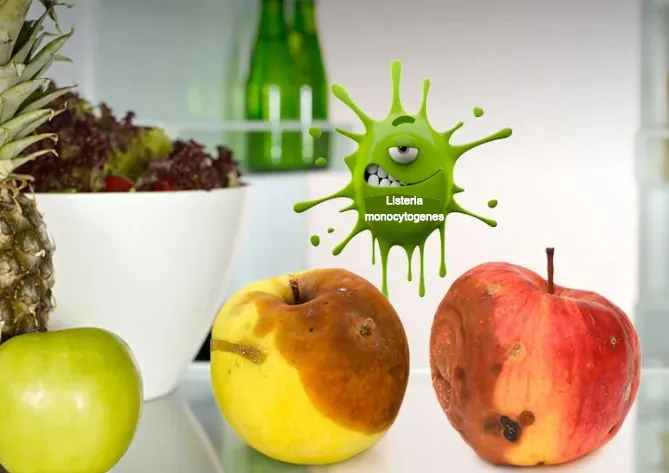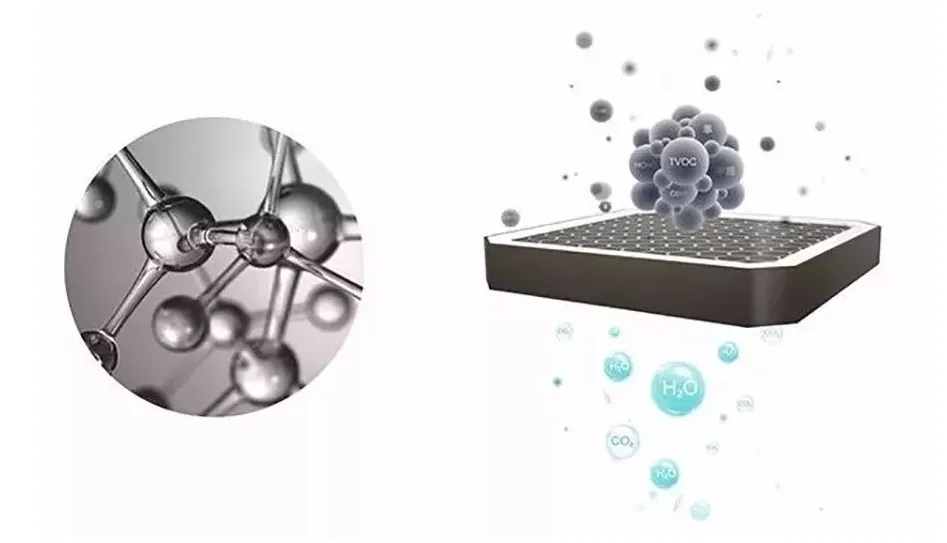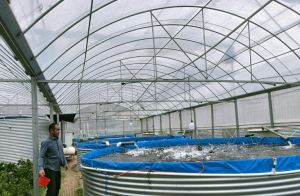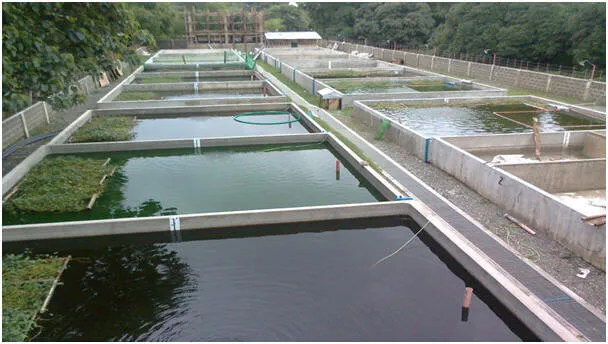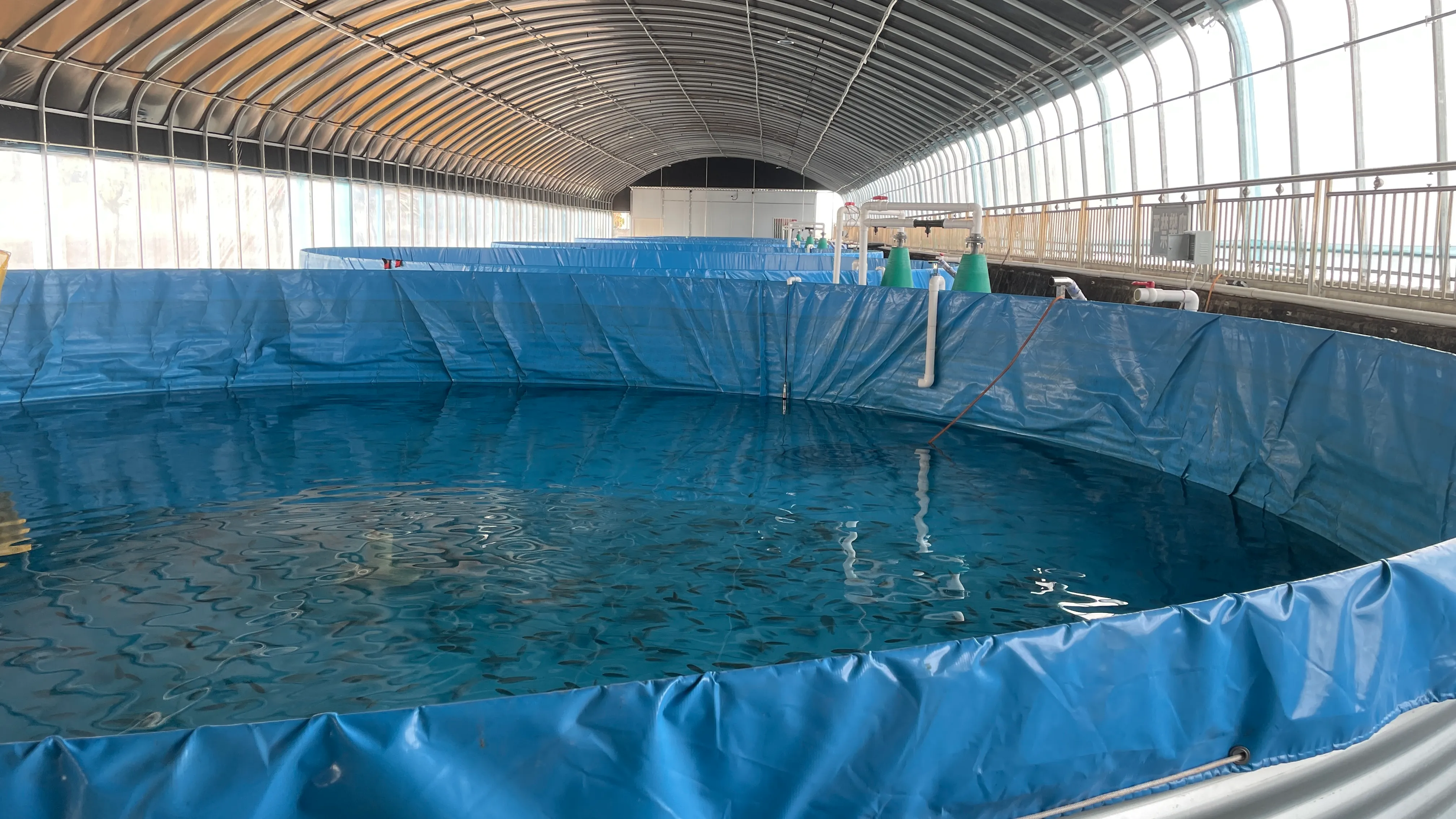Abstract: Shrimps melanosis is caused by the formation of melanin as result of a series of biochemical reactions of tyrosine or its derivatives, such as water-soluble chromosome substances under the action of polyphenol oxidase (PPO). This article takes shrimps of East sea as testing object for studying and comparing the impacts of different ozone concentrations and different inhibitors. (ozone, ascorbic acid and sodium sulfite) on the PPO activity and melanosis during the storage of shelly shrimps. The results show that PPO can be best inhibited with 0.8mg/L ozone treatment of shrimps, and the inhibitory effect of ozone on PPO and shrimps melanosis is better than both ascorbic acid and sodium sulfite.
Key words: Ozone; Shrimps; Polyphenol Oxidase; Melanosis; Inhibitors.
In the past ten years, shrimp farming and marine fishing have developed rapidly in China, and they are one of the main marine products that earn foreign exchange through export. Among seafood products, shrimp is loved by people for its delicious taste and high nutritional value, but it is difficult to preserve and easy to blacken. The research shows that the blackening of shrimp has nothing to do with the action of microorganism, but is related to the action of polyphenol oxidase (PPO). Polyphenol oxidase (PPO), also known as tyrosinase, mainly exists in the blood, head, chest, joints and tail fan of crustaceans. Shrimp melanosis is caused by the formation of melanin through a series of biochemical reactions of chromogenic substances such as tyrosine and its derivatives under the action of PPO. In order to discuss the effect of ozone on anti blackening and preservation of shrimps, we took the sea caught shrimps in the East China Sea as the experimental object, and studied the effects of different ozone concentrations and inhibitors on the PPO activity and blackening of shrimps with shells during their storage time. We were all looking for the best way to use ozone to prevent shrimp from blackening, extend the preservation time of sea caught shrimps, and improve social and economic benefits.
Effects of ozone on PPO activity and shrimp melanosis
Tab. 1 The inhibitory testing results of different ozone concentration on the PPO activity
Ozone Concentration PPO Activity | |||||||
Mg/L | 0H | 12H | 24H | 48H | 72H | 96H | 120H |
0.4 | 0.28 | 0.31 | 0.20 | 0.16 | 0.21 | 0.23 | 0.21 |
0.8 | 0.28 | 0.22 | 0.15 | 0.12 | 0.13 | 0.10 | 0.15 |
1.2 | 0.28 | 0.21 | 0.13 | 0.14 | 0.19 | 0.17 | 0.14 |
0.0 | 0.28 | 0.30 | 0.35 | 0.36 | 0.39 | 0.38 | 0.43 |
Tab. 2 The inhibitory testing results of different ozone concentrations on shrimps melanosis
Ozone Concentration Shrimp Blackening | |||||||
Mg/L | 0H | 12H | 24H | 48H | 72H | 96H | 120H |
0.4 | △ | △ | △ | △ | ▲ | ▲▲ | ▲▲ |
0.8 | △ | △ | △ | △ | △ | △ | ▲ |
1.2 | △ | △ | △ | △ | △ | △ | △ |
0.0 | △ | ▲ | ▲ | ▲▲ | ▲▲ | ▲▲ | ▲▲ |
Remark: △ mean no darkening, ▲ mean blackened, ▲▲ mean serious blackening.
It can be seen from the experimental results listed in Tab. 1 and Tab. 2 that, compared with the blank group without ozone, the three groups of fresh shrimp samples using ozone of a certain concentration during storage and fresh-keeping have significantly lower PPO activity and less blackening of shrimp after the same storage time, indicating that ozone has a significant inhibition on PPO activity and shrimp blackening. Among the three different ozone concentrations used in the experiment, the medium concentration of 0.8mg/l is the best, and the higher concentration of 1.2mg/l is better than the medium concentration of 0.8mg/l in inhibiting shrimp blackening; Considering the effects of enzyme inhibition and blackening prevention, 0.8mg/l ozone concentration is more suitable.
The Effect of Inhibitors on PPO Activity on Shrimp Blackening
The inhibition effect of different inhibitors on PPO activity is shown in Tab. 3, and the inhibition effect of shrimp melanosis is shown in Tab. 4
It can be seen from the experimental results listed in Table 3 and table 4 that compared with the blank group, the three groups of fresh shrimp samples with a little concentration of ozone, sodium sulfite and ascorbic acid respectively used in the process of storage and freshness preservation have significantly lower PPO activity after the same storage time, and the blackening degree of shrimp is generally light, which indicates that ozone, sodium sulfite and ascorbic acid are inhibitors of PPO and have a significant inhibitory effect on PPO activity and shrimp blackening. Ozone is better than sodium sulfite and ascorbic acid in inhibiting enzymes and preventing blackening of the three PPO inhibitors; At the same time, the use of sodium sulfite will also bring food safety hazards due to residual sulfur dioxide; Although there is no potential food safety hazard when ascorbic acid is used, its ability to inhibit enzymes and prevent blackening is relatively weak.
Tab.3 The testing results of different inhibitors on the PPO activity
Inhibitors and its concentrations PPO Activity | |||||||
Mg/L | 0H | 12H | 24H | 48H | 72H | 96H | 120H |
Ozone (0.8mg/L) | 0.28 | 0.22 | 0.15 | 0.12 | 0.13 | 0.10 | 0.15 |
Sodium nitrite(0.2%) | 0.28 | 0.21 | 0.19 | 0.17 | 0.21 | 0.20 | 0.22 |
Ascorbic acid (0.1%) | 0.28 | 0.24 | 0.18 | 0.23 | 0.17 | 0.22 | 0.25 |
0.0 | 0.28 | 0.30 | 0.35 | 0.36 | 0.39 | 0.38 | 0.43 |
Tab.4 The testing results of different inhibitors on shrimps melanosis
Inhibitors and its concentrations Shrimp Blackening | |||||||
Mg/L | 0H | 12H | 24H | 48H | 72H | 96H | 120H |
Ozone (0.8mg/L) | △ | △ | △ | △ | △ | △ | ▲ |
Sodium nitrite(0.2%) | △ | △ | △ | △ | △ | ▲ | ▲ |
Ascorbic acid (0.1%) | △ | △ | △ | △ | △ | ▲ | ▲▲ |
0.0 | △ | ▲ | ▲ | ▲▲ | ▲▲ | ▲▲ | ▲▲ |
Remark: △ mean no darkening, ▲ mean blackened, ▲▲ mean serious blackening.
Conclusion
Ozone has a significant inhibitory effect on the activity of PPO, which can effectively prevent the melanization of shrimp, and its inhibitory effect on enzymes and anti-melanosis is better than that of ascorbic acid and sodium sulfite. Using ozone to inhibit the activity of PPO, the more suitable ozone concentration is 0.8mg/L. At the same time, because ozone is easy to obtain, has disinfection and sterilization effect, and is cheap, it has a good application prospect in actual production.







